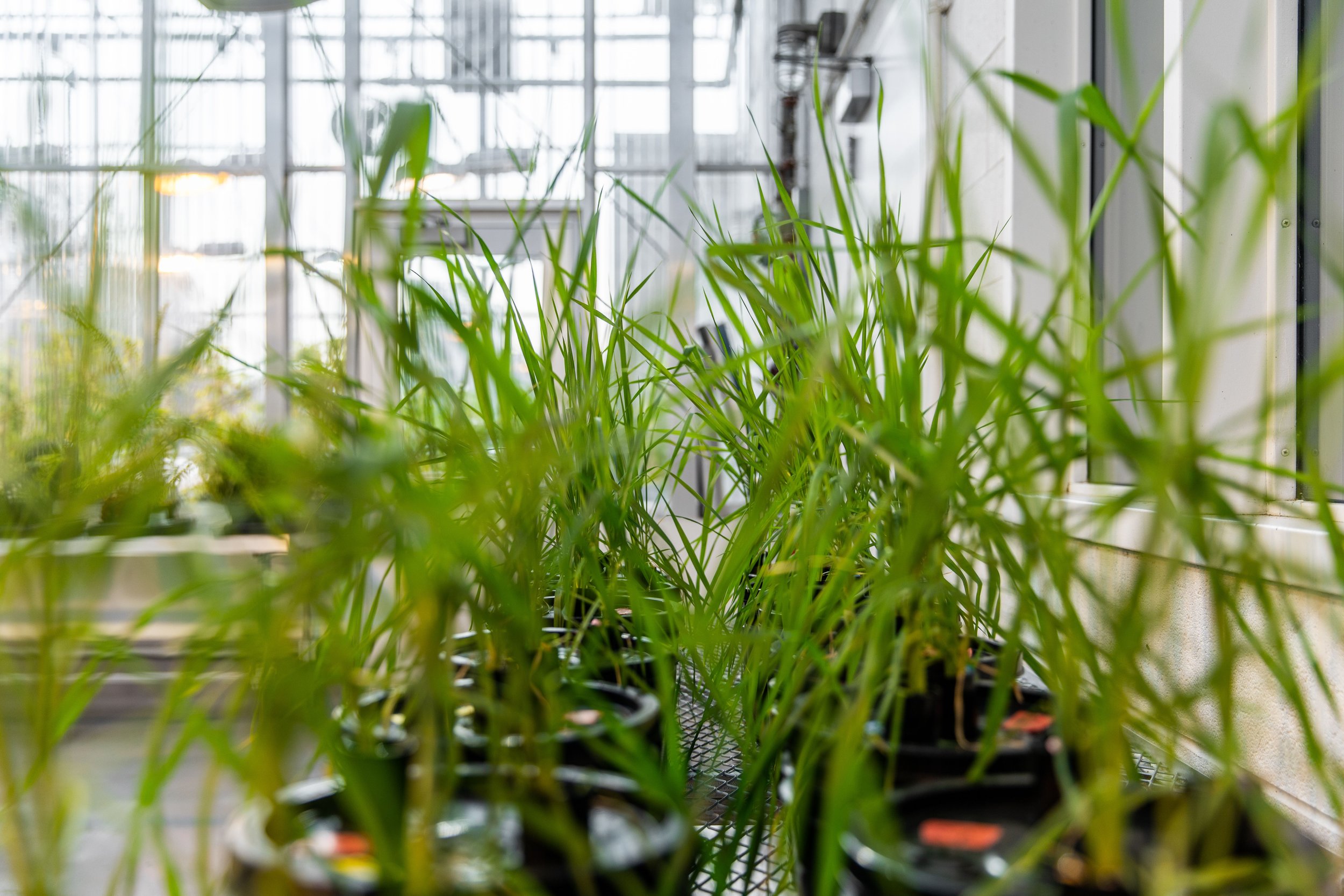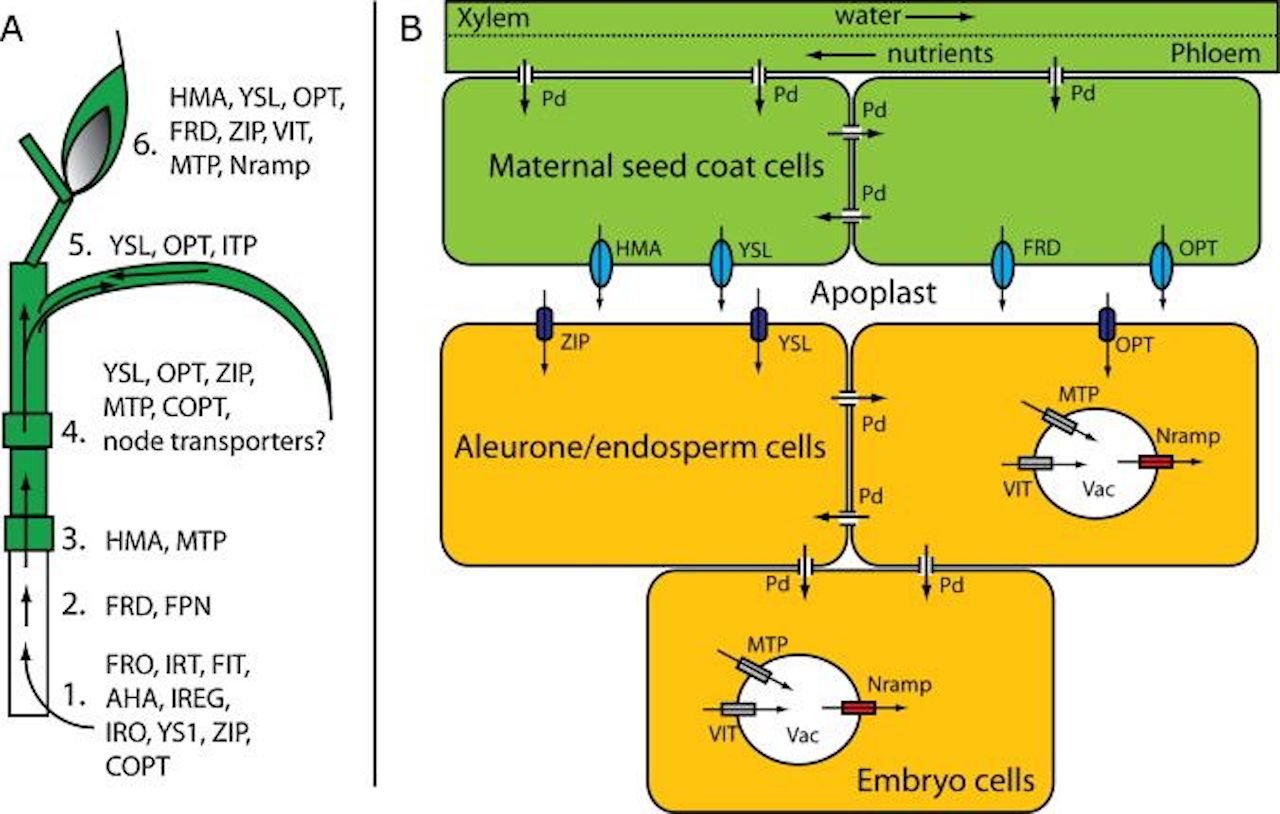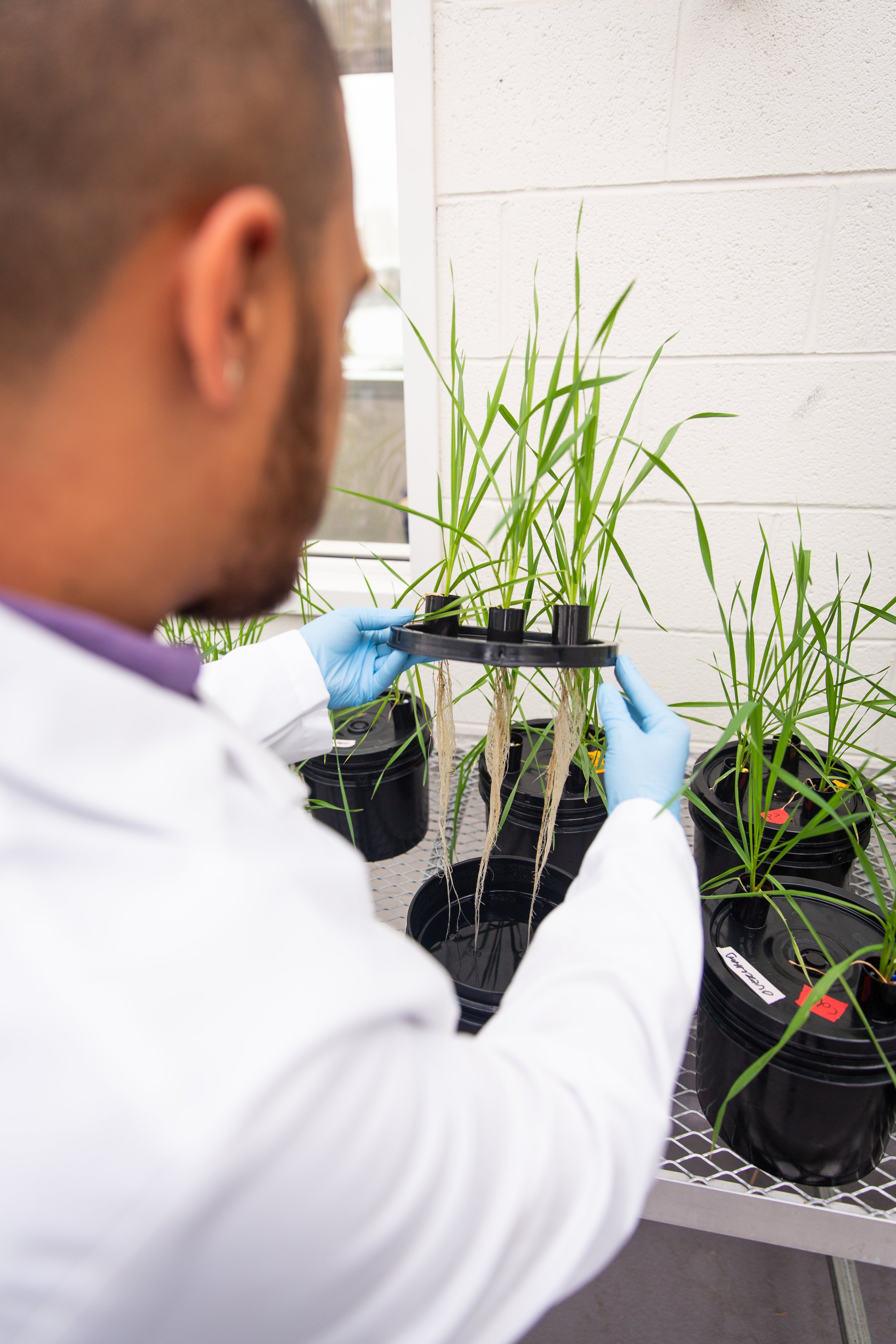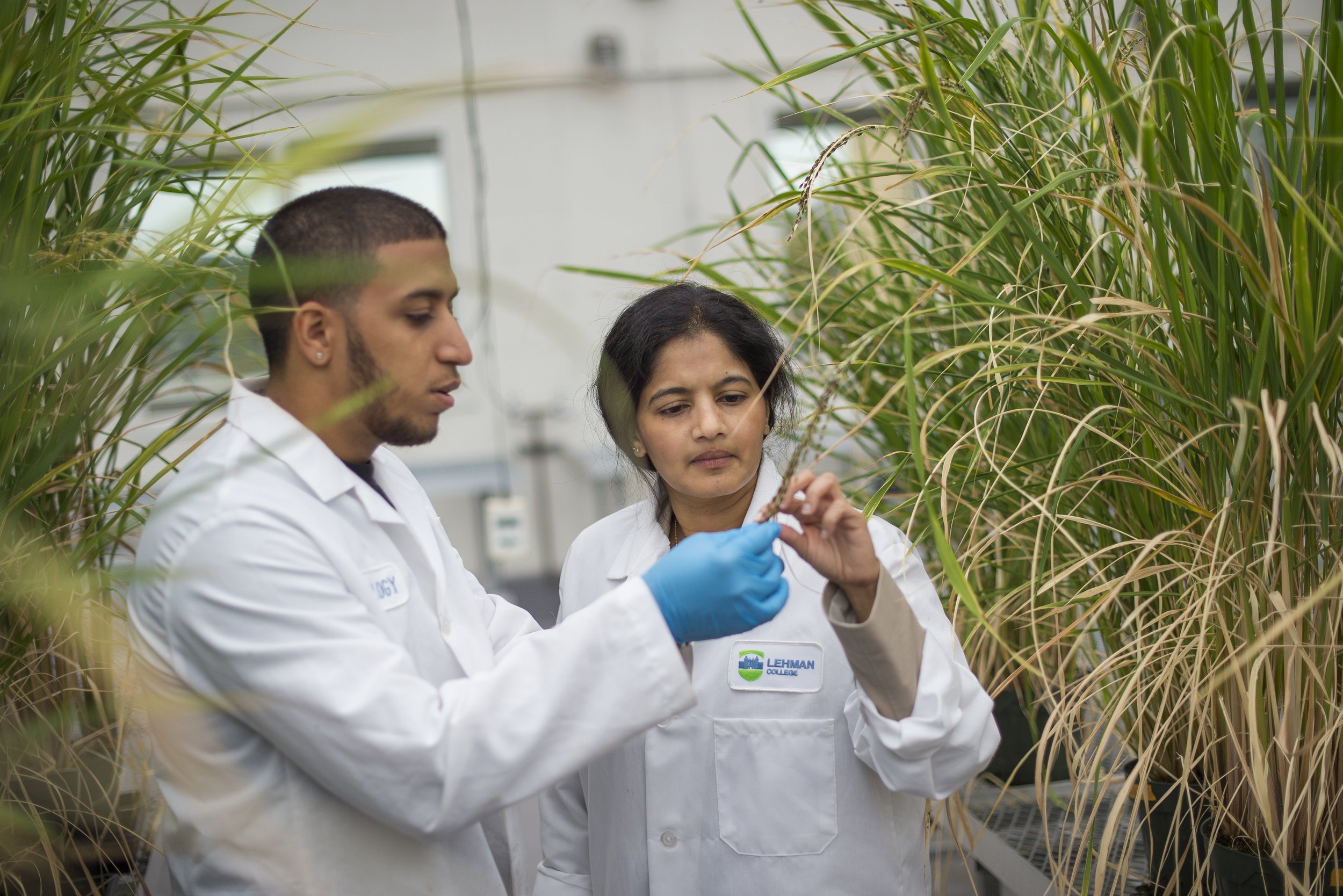
The ongoing goal in the Sankaran lab is to enhance nutritional quality and ensure the safety of the cereal grains grown and marketed.
Our research focuses on two important complementary strategies:
To reduce the concentration of contaminants in the edible tissues while improving nutritional quality and quantity.
To focus on the bioavailability of these nutrients and contaminants in the diet.
Physiological genetics of mineral transport in plants
Our goal is to gain understanding of the different molecular signals regulating the transport and partitioning of both the essential and non-essential ions to edible tissues. Our research on mineral transport and partitioning in plants is key to identifying the difference in the route of mineral transport and accumulation in both model species and important plant foods. We have also identified key candidate genes that might be responsible for moving the minerals to seeds. Different methodologies used in our lab include whole plant mineral partitioning, molecular techniques to identify genes and gene products responsible for metal transport and accumulation, genomics, genetics, and use of natural variation.
Metal-mineral interactions
Metal specificity is a challenge in breeding crops for decreased cadmium, because alteration of pathways to decrease cadmium transport could inadvertently decrease transport of essential micronutrients such as zinc. Our lab is trying to understand the nature of cadmium zinc interaction and how it influences the transport and partitioning of cadmium in these plants. Currently, we are focused on identifying gene targets responsible for moving cadmium and micronutrients during the seed filling stage.
Bioavailability and absorption of micronutrients and cadmium in humans
An important aspect of studying the accumulation of essential and non-essential metals in plant foods such as cereal grains is the bioavailability and absorption of these minerals in our bodies. Another important aspect of research in our lab is to understand the extent to which the accumulation of these micronutrients and toxic metals in food translates into food chain transfer from the consumption of these foods. We are currently trying to understand how metal-micronutrient interactions can influence the bioavailablity and absorption of these minerals.







